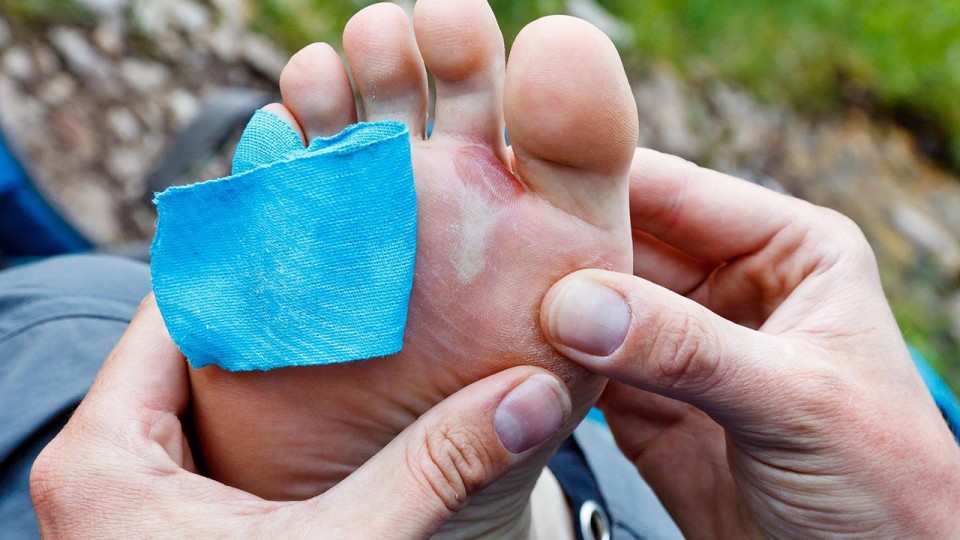Good running habits are vital in allowing runners to keep moving and improving. Whether a runner’s motivation is to run for the sheer joy of it, as part of an exercise regimen for a healthier lifestyle, or for the thrill of competition in races, allowing bad habits to creep in can bring things to a painful halt. The formation of blisters while running is one of the most common consequences of allowing a few poor choices to slip into your routine.
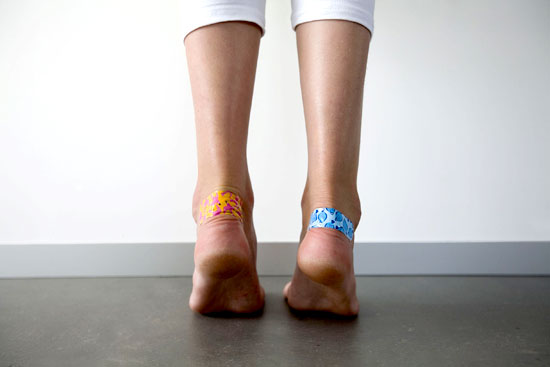
Blisters are caused by a mixture of moisture and friction in the shoe. When unhealthy tendencies create an excessively sweaty condition and allow excessive rubbing between the foot and the shoe, the result is a separation between the layers of skin at the point of contact. Fluid then enters that location and creates increased pressure. The end result is a blister, which is painful enough on its own, but can also lead to further problems. A blister that does not receive proper attention can become a blood blister if continued abrasion causes damage to blood vessels. Neglect can lead to infection in the long run. Fortunately, blisters can be prevented by avoiding the following bad habits.
Running in Incorrect Shoes
Apart from the runner’s body itself, shoes are the most important equipment for running. Novice runners might think that any pair of shoes in a department store that bears a “running” label is sufficient for the task, especially if it boasts a popular name, but the best running shoes take more effort to find. A specialty store for runners can perform a running gait analysis to pinpoint the specific needs of each individual. This allows a runner to select shoes that not only have the proper arch support but also are appropriate for the run style.
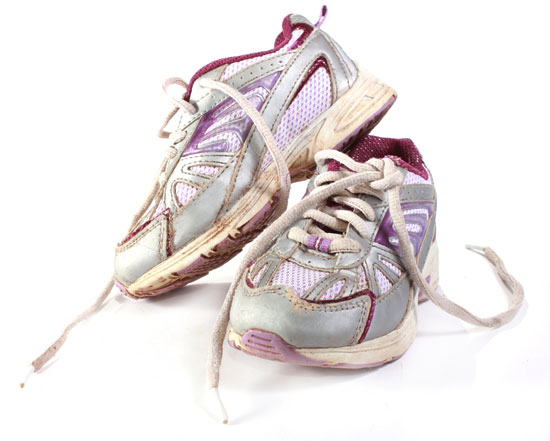
Wearing Shoes in an Incorrect Size
Just as running is more intensive than the walking one does on a daily basis, selecting the proper size shoe for running takes more care than purchasing walking shoes. The best quality shoe in the wrong size will lead to as many problems with friction as a poorly-designed shoe will. Wearing a size that is too big allows the foot to move too much within the shoe, while a size too small will crowd the toes and create friction. To prevent this, one rule of thumb is to select a size that leaves a space of half an inch from the end of the longest toe to the shoe’s tip. Runners should also only be fitted for shoes while wearing the socks that will be worn while running.
Over-Tightening Shoelaces
Even having purchased the perfect shoe of the best fit, a runner can cause blisters with a bad habit that is easy to overlook: tightening shoelaces too severely. Over-tightening a shoe alters its shape. This effect is slight, but enough to cause the shoe to rub against the arches rather than conforming to and moving with them. For a good running habit that is simple and highly effective, runners should lace shoes snug enough for a secure feel while allowing the feet to move naturally during the running stride.
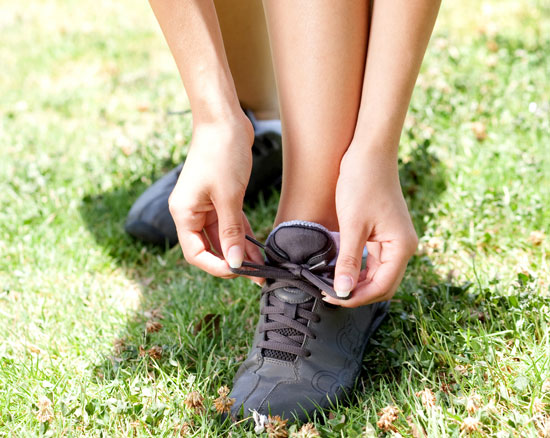
Wearing the Wrong Socks
Habits that allow friction between the foot and the shoe only create half of the environment needed for blister formation. Socks that do not properly deal with moisture allow for the other necessary element, which is dampness. Typical gym socks are not up to the delicate job of wicking away moisture from a runner’s foot. Thick cotton absorbs moisture and can be abrasive when dry. Light-weight socks that are specifically designed for runners are of superior sweat-wicking material.
Neglecting to Deal with Sweat
Choosing the right socks is only one measure a runner should take in preventing damp feet and blisters. During a race, runners often perspire more freely than they do on normal runs, and some of this increased sweat inevitably finds its way down into the shoes. Prior to a race, or for feet that are normally prone to excessive sweat, foot or talcum powder can be used as preventative treatment. Conditions that are less than ideal can also encourage damp feet, such as humidity, rain, and wet ground. Runners should consider the elements and ground conditions when planning a run and prepare accordingly.
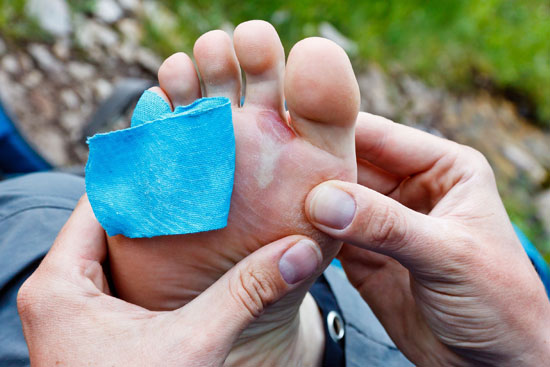
Ignoring Pain
One final major mistake that many runners make is to ignore pain. Whether this is due to the elevated endorphins caused by exercise or the feeling of invincibility that accompany a good run, ignoring persistent pain can lead to severe injury down the road. This includes, but is not limited to, potential blister formation. Runners should pay attention to the body’s warning signs.
Bad habits and occasional mistakes lead to blisters. Some runners choose to lance blisters when they occur in a prominent spot and are large. This should be done with clean hands and a needle that is clean and sterile. If possible, the blister’s roof should be left intact for the greatest ease of healing. A blister that has been lanced, or has burst on its own, should be treated with a secure antiseptic bandage. This should be changed at a minimum of once a day, and examined carefully for the signs of infection. Redness, pus, heat, swelling, and pain are indications that the blister has become infected and a doctor’s care might be warranted. With good running habits, the pain and hassle can be avoided and a runner need not miss a stride.



